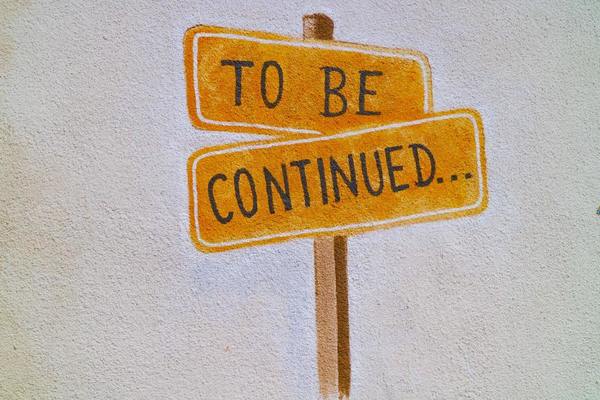Wrong Story?
The tension between ordinary and special world is irresistible. But, what if this way of organizing story is wrong? What if the stories we tell could be more interesting and captivating? What if the stories we buy are wrong for us?

23 August 2021 · Issue #915 · View online
Ever since Joseph Campbell wrote it (1949), The Hero with a Thousand Faces, the hero has grabbed the collective imagination. Stanley Kubrick and Arthur C. Clarke used “Journey Beyond the Stars”# as a working title for the screenplay that would become 2001: A Space Odyssey.
The hero’s journey is alive and kicking in modern speeches and presentations. The tension between ordinary and special world is irresistible.
But, what if this way of organizing story is wrong? What if the stories we tell could be more interesting and captivating? What if the stories we buy are wrong for us?
23 August 2021 · Issue #915 · View online
Could the Story You’re Buying Be Hurting You?
Valeria Maltoni | Conversation Agent:
Stories aren’t what they used to be
We like stories, we like to summarize, and we like to simplify: to reduce the dimension of things. Nassim Nicholas Taleb says, “the fallacy is associated with our vulnerability to over-interpretation and our predilection for compact stories over raw truths.”
Campbell was writing after World War II. The world was ready for simple tales. Nations were keen on prescriptive tools.
Monomyth looked attractive. A more global view of myths made the book even more interesting.
But a flatter and individualistic view of story comes at a cost: context. High-context traded for low-context. Community and history are necessary ingredients for a three-dimensional view of human experience. Loose context sinks companies. You end up sounding like everyone else.
Strong story is arbitrage.
Companies invest in branding because it works. Great branding is not just packaging. It’s the culling of high-context into simple visuals and words. It takes tons of experience to appreciate and work through the nuance of a company’s story.
I’ve seen the effects on product demand, service pricing, and even company value. In my corporate years, I was able to replace undifferentiated and old stories with the exciting and new. The trick is that there’s no trick. Because customers and employees know what is true.
And when something sounds too good to be true, it usually is. The wrong story—whether you’re selling or buying—is a broken promise. It’s hard to build communication and marketing that works well on top of it. Because it only displaces the problem to customer, partner, and employee experience.
Why we need new ways to argue
Social media has created two big problems. The sharing of a polished and highly edited image of oneself and the use of controversy for attention create one-dimensional caricatures. Then you end up living there. With many consequences.
Photo credit: Reuben Juarez on Unsplash